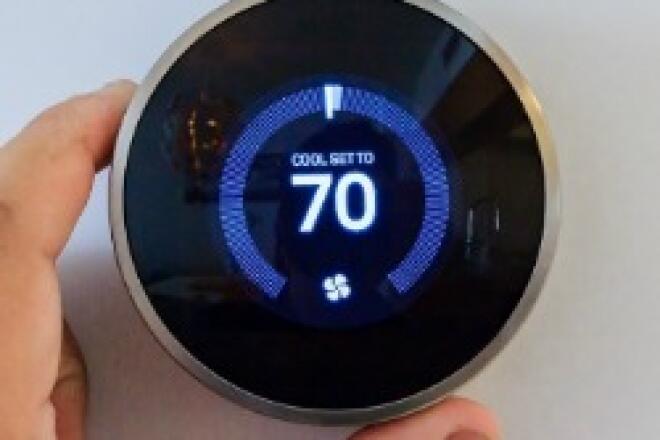
Should You Upgrade to LED Lighting?
Right now, there’s a fight going on over the lightbulb. At the beginning of the year, incandescent lightbulbs that didn’t meet new efficiency standards were set to be discontinued nationally. These energy-wasting bulbs – developed in part by Thomas Edison in the 19th century – use electricity to heat a wire filament until it gives off light, a highly inefficient process that results in only five percent of energy converting to visible light.
However, the U.S. Department of Energy stated in late December 2019 that they would not be enforcing the new efficiency standards for lightbulbs, going against the recommendations of many energy and environmental organizations. Despite this policy decision in favor of an outdated, inefficient technology, there are still many energy-efficient lighting options out there for you to choose from, particularly light-emitting diodes (LEDs). Let’s look at how LEDs differ from incandescent bulbs, some of the top benefits and whether you should upgrade your home to LEDs – if you haven’t yet.
First, it’s important to understand the process by which LEDs emit light, which is completely different from incandescent bulbs. Rather than relying on heat, LEDs are actually semiconductors that emit photons (that is, particles of light) when an electric current flows through them. This process is very efficient, resulting in LEDs using 75 percent less energy than incandescent bulbs, according to the Department of Energy. Since this process doesn’t rely on heat, LEDs are also much safer – there’s little risk that they’ll overheat and start a fire.
 Next, due to the efficiency of the lighting process, LED lightbulbs last much, much longer than their incandescent counterparts. While a traditional lightbulb might make it to 1,000 hours (if the filament doesn’t fail by then), LED bulbs can be rated for up to 50,000 hours of use – though they may not last quite that long. Either way, many experts state that LEDs will last 25 times longer than incandescent bulbs, meaning you might only need to replace them once per decade!
Next, due to the efficiency of the lighting process, LED lightbulbs last much, much longer than their incandescent counterparts. While a traditional lightbulb might make it to 1,000 hours (if the filament doesn’t fail by then), LED bulbs can be rated for up to 50,000 hours of use – though they may not last quite that long. Either way, many experts state that LEDs will last 25 times longer than incandescent bulbs, meaning you might only need to replace them once per decade!
Finally, let’s look at the financial implications of switching to LED lighting. In the early days of LED lightbulbs (about a decade ago now), LEDs were much more expensive than their inefficient counterparts. However, this is far from the case today. It’s not uncommon to find LED lightbulbs for under $3 each, and if you purchase a 12- or 24-pack on Amazon, it’s possible to find them for around $1 per bulb.
But, despite having a slightly higher sticker price, LEDs will undoubtedly save you money on your energy bills over their lifespan. According to the Department of Energy, if you replace your five most-used lightbulbs to LEDs, you can expect to save about $75 per year. The environmental non-profit NRDC estimates that the average household will save $100 per year by switching to LEDs and that the U.S. can save about $12.5 billion annually on electricity costs – making a major impact on climate change-related emissions. Given how long the average LED bulb lasts, you’ll quickly earn back your money and will continue to save over time.
Should you upgrade your home to LED lighting? If you’re trying to reduce your home’s energy costs, switching to LED lighting is as close to as a no-brainer as there is. The technology is proven to cut down your home’s total energy usage and its carbon footprint, and prices have dropped so significantly that they’re now affordable for pretty much everyone. Even if you’re not currently in financial position to purchase them yourself, many power companies, food banks and local organizations will provide free LED lightbulbs to income-eligible individuals.
In addition, at one point in time, many complained that the light from LEDs was “ugly” and not comparable to the warm glow of incandescent bulbs. However, not only is that not the case today, as a consumer, you have so many options with LEDs, whether you want a warm orange light, a cooler white light, dimmable bulbs, color-changing bulbs or even smart LED bulbs, which introduce a whole new set of added benefits.
If you haven’t made the upgrade to LED lighting at home, it may be time to give this common-sense technology another look. To start, check with your power company and see if they have any rebates or free starter kits for LED lightbulbs.
If you’re looking for ways that you can engage in energy and start saving money around your home, check out our three Ways to Save on Energy fact sheets here.



